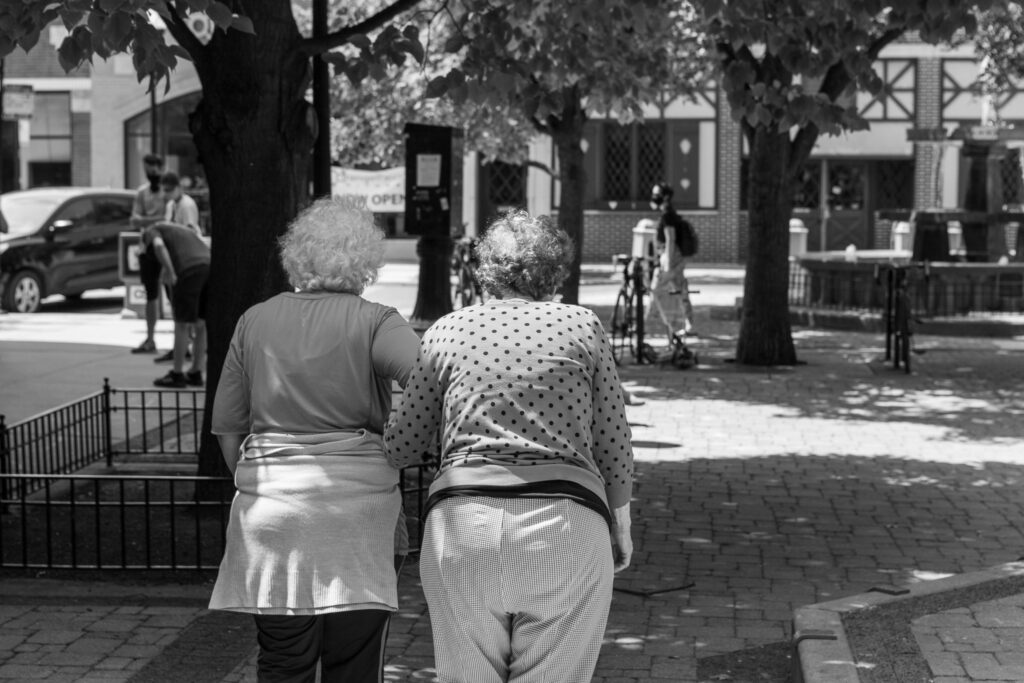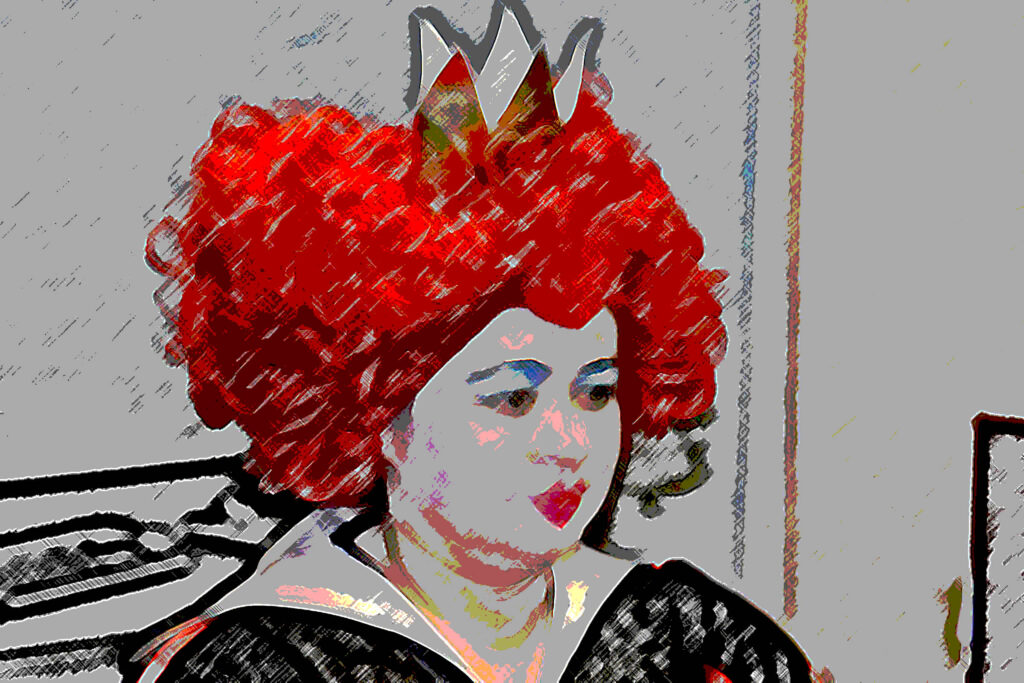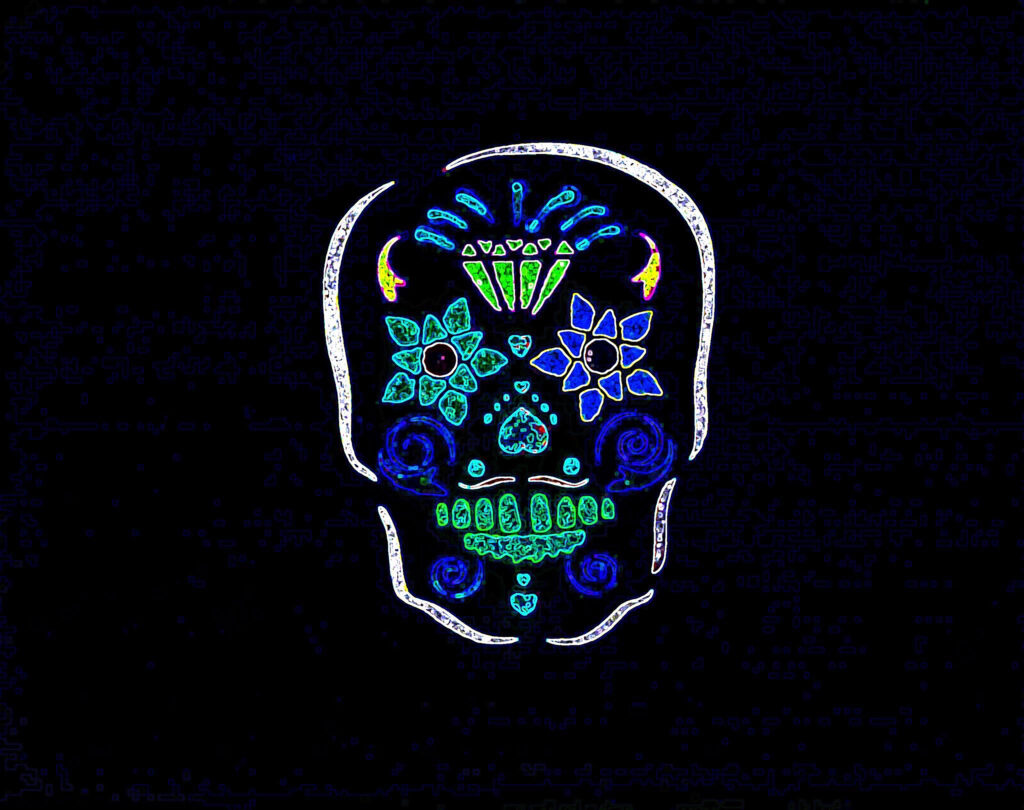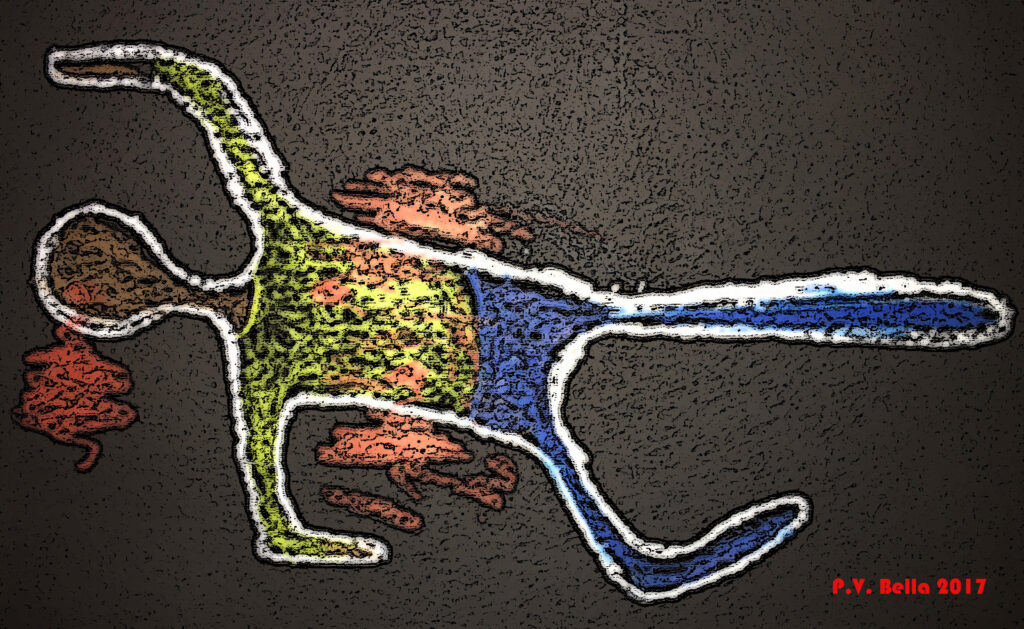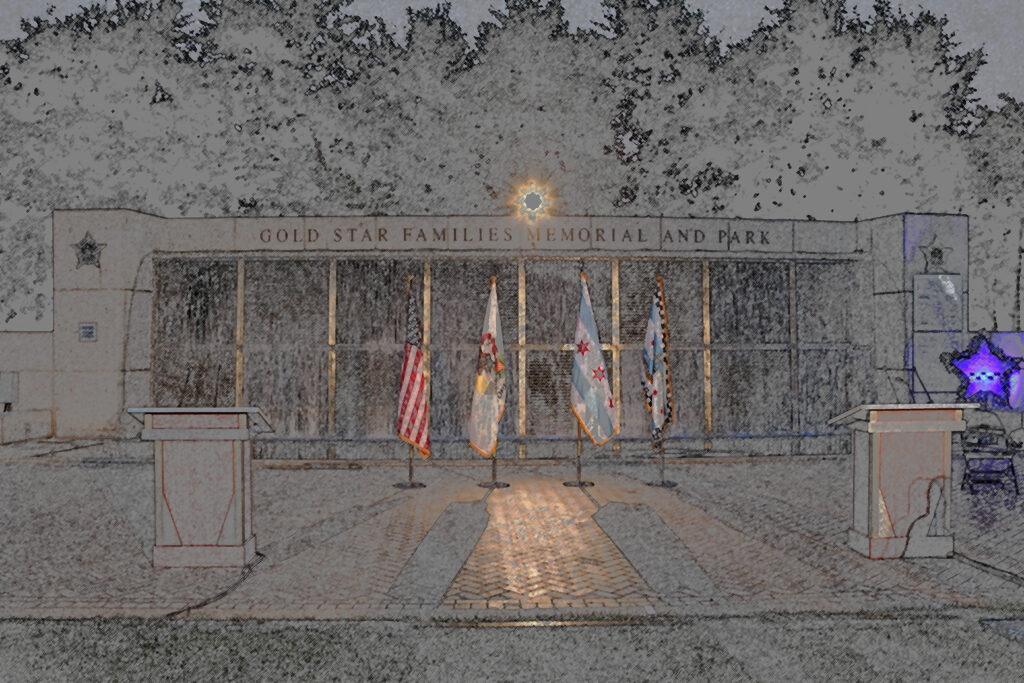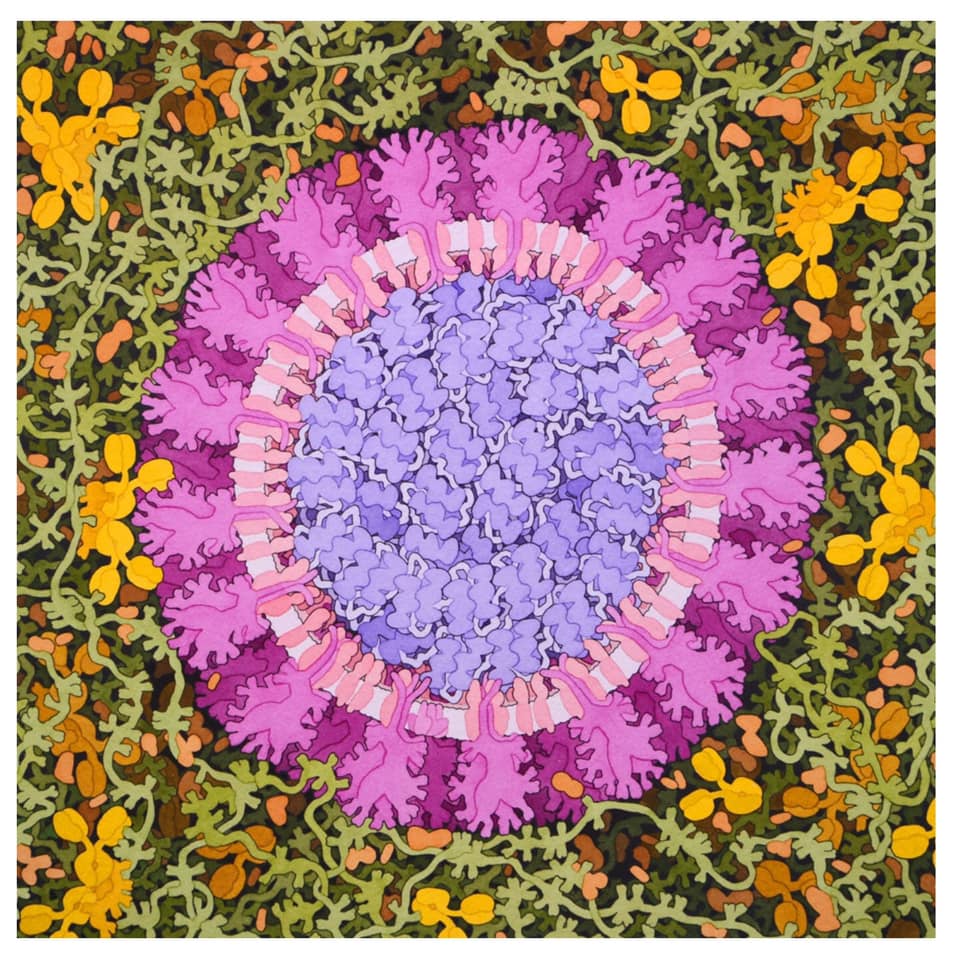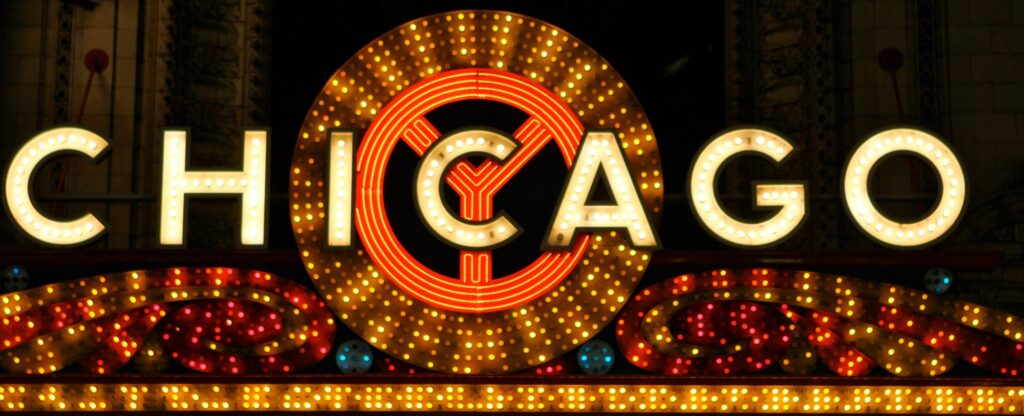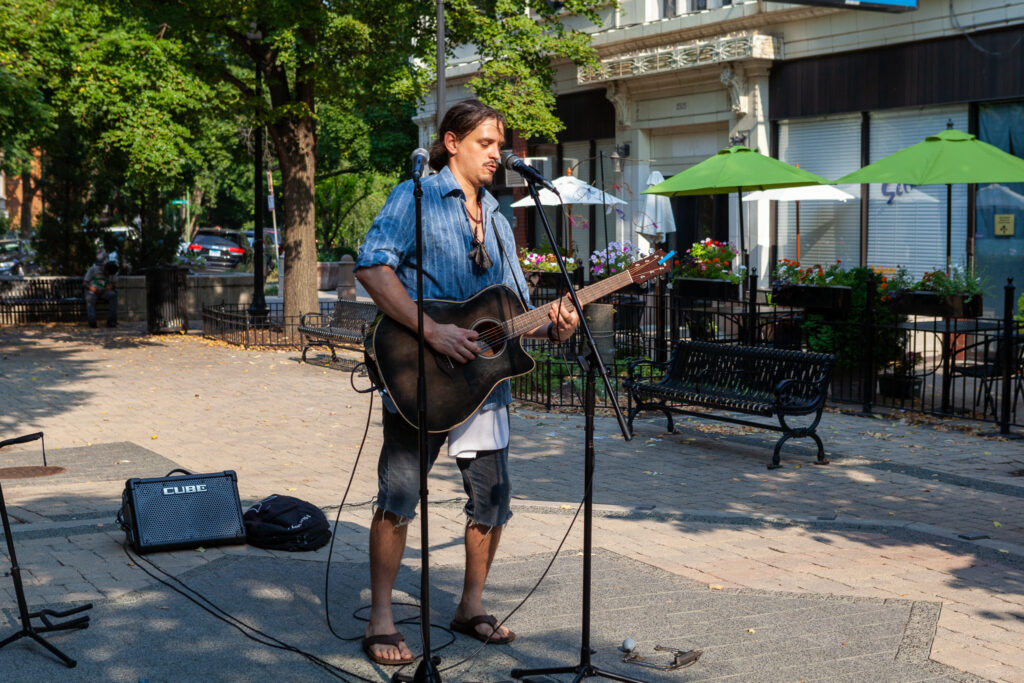
In this great country, we are guaranteed freedom of expression, except in the City of Chicago. Freedom of expression is not free in this city of permits, licenses, fees, fines, and show me your papers, unless you are a protester.
Buskers, street musicians need a permit to express themselves on the public way or anyplace outdoors. The permit must also specify if they are allowed to use amplified sound. Nowhere in the Constitution does it say that expression shall be licensed or permitted with a fee by the government. Freedom of expression is not free if you must pay for it. Nowhere does it forbid sound amplification.
Visual artists can paint, sketch, photograph, and create without a permit or license on city streets and sidewalks. Other artists can perform or create without permits. Musicians and singers need permits.
Worse, if some nosy busybody complains, the police can make them leave even if they have the permit. The police do not want to go back repeatedly because some nosy busybody hates music.
Giddings Plaza is a pleasant open space in the Lincoln Square neighborhood. It is a plaza, not a sidewalk or public way. Park-style benches surround it. Weather permitting, people spend time relaxing, socializing, letting their children play, or eating there.
There is a raised octagonal performance stage in the plaza, and each side has an outlet for amps and other electrical music equipment. The octagon was electrified specifically for music.
Musicians come and go daily, performing seven days a week. At least they used to. Very few show up now.
There were soloists and groups. The music varied. There were classical, folk-rock, rock, pop, jazz, Mexican, German, and other genres. One day several French horn players surrounded the octagon and put on a concert.
Some nose mining busybody kept calling the police. The police would come, check their papers, and ask the musicians to leave if they had amps. This went on for weeks.
Then, the electricity was turned off in the octagon. Supposedly the nose mining busybody contacted the alderman. Allegedly the alderman had the electricity shut off.
If that was not enough, the nosy busybody complained about non-amplified music too. Very few musicians perform in Giddings Plaza these days. What was once enjoyable afternoons turned into the sound of silence.
The musicians were not loud. People walking or shopping down Lincoln Avenue would stop, listen, dance, enjoying the music. The musicians bothered no one except one nosy busybody.
The City of Chicago Noise Ordinance allows reasonable noise- including loud construction noise- from 8:00 AM to 10:00 PM. The musicians usually performed in the afternoon. Construction noise is louder and more bothersome, yet the police are not called about the jackhammers, saws, drills, or other loud construction noise. They are called to waste their time on musicians.
What would happen if groups of “licensed” musicians banded together to put on an impromptu concert with amplified music? What if they refused to leave when the police showed up? Would they be arrested? Would the audience be arrested if they interfered? I could see the bad publicity on that.
Unfortunately, no civil rights organization in Chicago fights for freedom of expression. The ACLU is useless. They are media prostitutes only fighting publicity stunt cases that get their painted faces and oily mouths in front of the cameras.
Musicians should not be forced by a dictatorship in City Hall to be licensed or forced to buy permits if they are not on the public way. If the noise levels are not overbearing, they should be able to perform amplified music in public.
The problem in this city is a fringe minority of nosy busybodies is dictating to us. The fascists in City Hall, the mayor, and alderpersons, stomp on the right to free expression to appease busybody nose miners.
You know, maybe we should bring back the Bug House Square Debates/Speeches and use Giddings Plaza. Anyone with a voice or a microphone can get on the stage to express themselves on any topic. Since there are battery-powered megaphones and mics with battery pack speakers, no electricity is needed. No permits or licenses are needed to speak.
In this age of vocal politics, public speaking and expression may be just the thing we need to get things off our chests. Like the original speeches, the audience can hoot and holler. They cannot stop the speaker. This would be the exact robust exchange of ideas we are entitled to and need. The speeches can go on from 8:00 AM to 10:00 PM. That would drive the busy body nuts.
It is a sure bet there is nothing the alderman or police can do except to professionally and politely tell the nosy busy body to mind his own God damn business. Then, maybe the music can return. We can return to normal.
